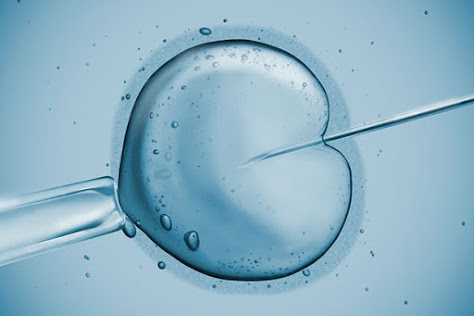Transferring Embryos with Indeterminate PGD Results

Transferring Embryos with Indeterminate PGD Results: The Ethical Implications Table of Contents: Abstract 3 Background . 3 The Case Presentation . 3 Conclusion . 3 Background . 4 Case Presentation . 5 Results: The Deliberation of the Ethics Committee . 7 Discussion Part 1 . 8 Protecting Patient Autonomy . 8 Discussion Part 2 . 9 Protecting the Interests of the Future Child: Non-Maleficence . 9 Discussion Part 3 . 11 The Physician’s Duty to Society: Justice . 11 Conclusions . 12 References: 14 Abstract Background In vitro fertilization (IVF) and pre-implantation genetic diagnosis (PGD) are becoming increasingly common techniques to select embryos that are unaffected by a known genetic disorder. Though IVF-PGD has high success rates, 7.5 % of blastocysts have inconclusive results after testing. A recent case involving a known BRCA-1 carrier was brought before our Assisted Reproductive Technology Ethics Committee in ord

